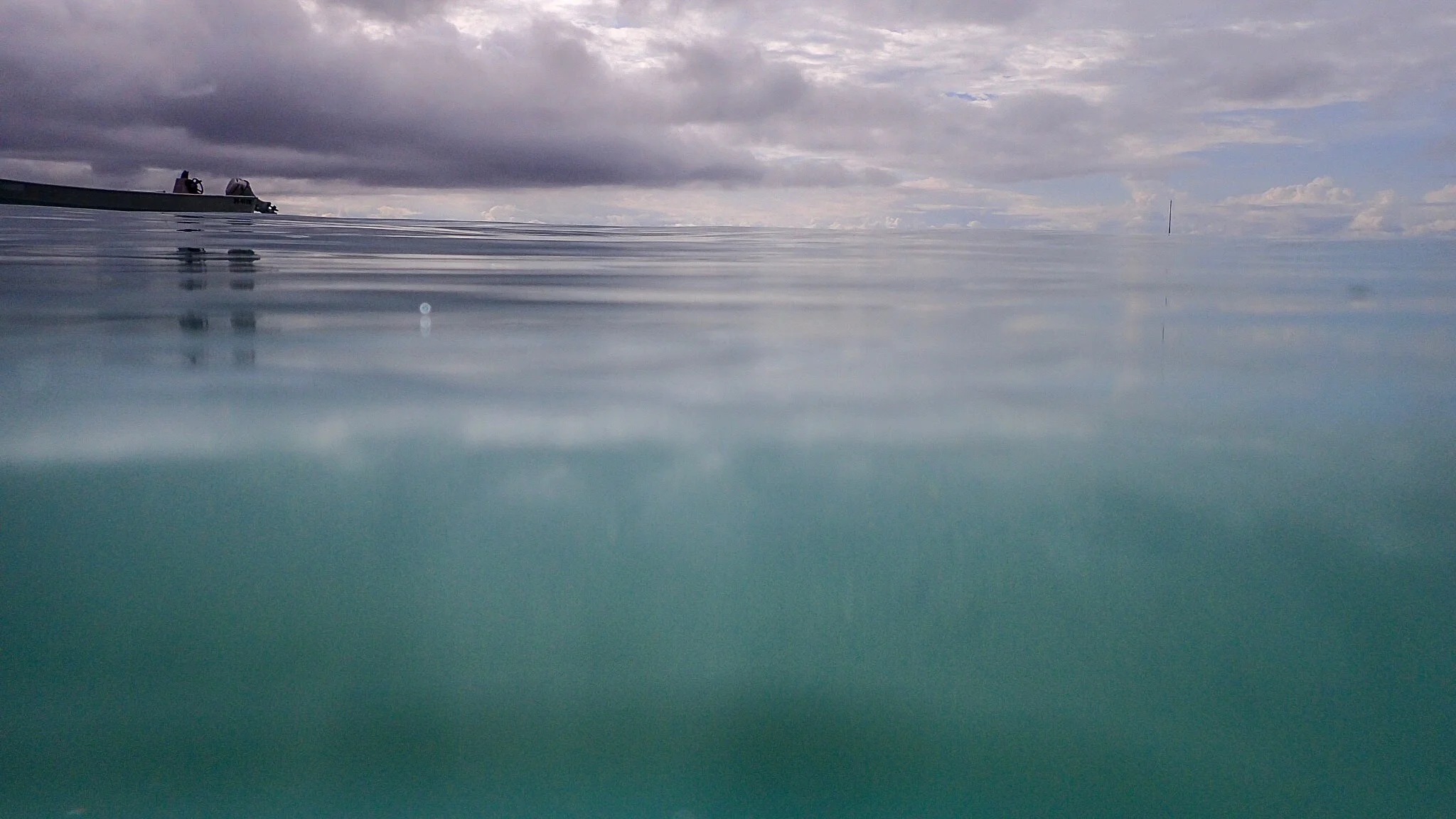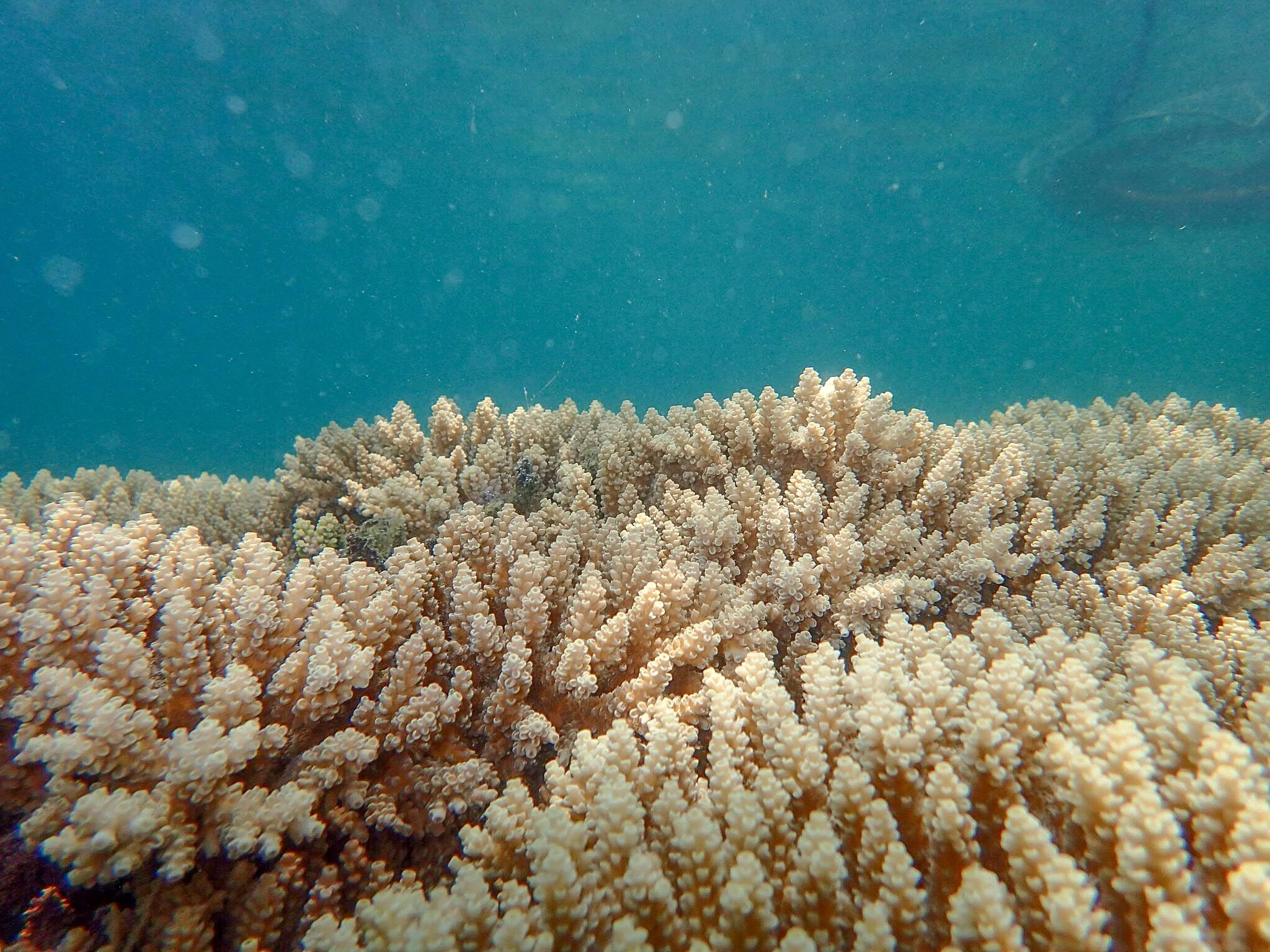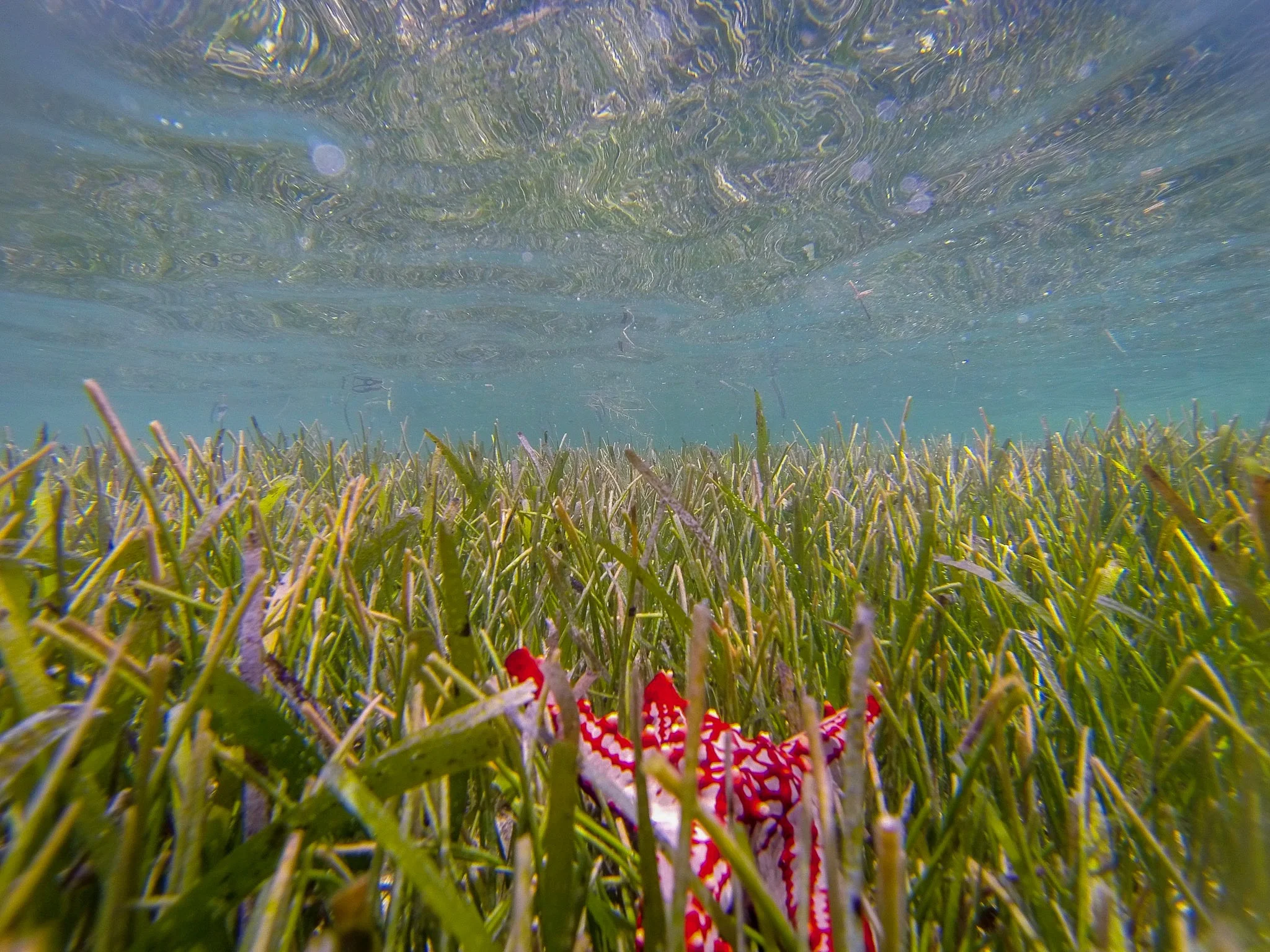Age Ain’t Nothin’ But a NUM3ER
Rita Steyn
How old are you? No REALLY? Are some parts of your body older than others (like teeth), or do they just feel that way (like knees)? How old will you be when you die? If you happen to be something that swims or lives in the ocean, that could be a very long time from now…
“Tempus edax rerum – Time, the devourer of all things.”
All biological organisms on our planet are subject to the same ticking clock, even though time is a man-made dimension, but that’s a conversation for another, erm, time (for lack of a better word).
Everything in the universe is moving towards a state of lower energy. Sit back and relax! Photo: @ritasteyn
All matter, living or not, in the universe, is subject to the Second Law of Thermodynamics. This law states that order in any system will break down, and become more disordered over time. The system itself could be a cell, an organism, or even an ecosystem. More disorder means less energy is required in the system, and everything in the universe moves towards existence at the lowest energy requirement possible (like me on a Sunday morning). It takes A LOT of energy to maintain order, especially biological order, because you know, cells need to be made, and bones need to be replaced (if you have bones), and my liver, and heart, and brain need to function. Same goes for all other living things.
An organism’s ability to maintain biological order will determine how long it can live, and therefore, affect when it dies.
You may have heard the news about the Greenland shark, who recently became the official title holder of THE LONGEST-LIVING VERTEBRATE ON EARTH. The oldest Greenland shark found so far? Why, a young lady-shark who was a mere 400 years old.
Since these large (~5 m), slow moving, deep water sharks become sexually mature at about 150 years old, this girl was only in her 20’s in human years. Unfortunately, she was a victim of bycatch, as were most of the sharks in this study. Well, okay, sure, sharks get the best teeth, but the worst reputation, and now, sharks don’t die? I mean, they do, but not for a really long time, especially Greenland sharks.
Other long-lived ocean-dwelling vertebrates are bowhead whales (~200 yrs), Orcas (Granny was ~105 yrs old), the orange roughy (~150 yrs), the yelloweye rockfish (~100 yrs), and one of MY favourites, the coelocanth (~100 yrs), of which only 33 are reported alive off the coast of South Africa.
Older, bigger, fish in any species are very important for maintaining healthy populations. These fish are likely both sexually mature and actively breeding, but fishing pressure by humans selects for the biggest fish, those are the ones that are most desirable to us. So we are removing those individuals from the population and thus the gene pool, thereby weakening the whole species, and studies suggest that in order to preserve and stabilise populations, we should rather throw the big ones back. This also means that our taste in fish (LITERALLY) may be driving where the bigger, older, fish can be found in the ecosystem - mature fish are found in deeper waters because of us.
Coral reefs are estimated to be anywhere from 5 to 15 thousand years old, but colonies may be only hundreds of years old. Photo: @ritasteyn
Having fins doesn’t necessarily make an organism more likely to live a long time though, there are many other marine species that live even longer! Ming the quahog clam was 507 (damn!) years old and met its end in a sea-floor dredge. Believe it or not, the numbers jump exponentially from there! Coral reefs are estimated to be thousands (~5-10 k) of years old, but coral colonies within the reef may live only hundreds of years. The largest specimen of Antarctic sponge could even be thousands of years older than that (~15 k). Not wanting to be left out, even marine plants live a long time! A 200,000 year old seagrass patch was declared THE OLDEST LIVING THING ON EARTH in 2011.
Seagrass is not algae, but a true flowering plant. Some of them form dense meadows that can be seen from space. Photo: @ritasteyn
Are there lessons to be learned here? How can YOU live a long time, and grow big, and fat, and happy, and therefore the best of your species?
Maybe you could live longer if you lived the way these species do! You could be like the Greenland shark, and swim slow and live deep. You could have an extra strong head, just right for breaking the ice when you need some air, like the bowhead whale. Or like Granny, the orca - live in a tight-knit, family community. Be like Ming, happy as a clam, even in mud. Or like the orange roughy, keep your vibrant colours for the living, and fade to dull yellow only in death.
You might choose to eat only things that live on the floor, or close to it, like the yelloweye rockfish (gross dude). You could hide from the world, like the coelacanth, and let everyone think you’re extinct but you’re actually not! You could spend your life building a home for others, like coral, or keep it simple, like the Antarctic sponge. Lastly, you could remember to always rely on the power of sunlight to give life where the grass IS greener, just like a big patch of seagrass meadow, stretching from Spain to Cyprus. Of course the over-arching lesson is just live in, or by, the sea (of course), but why even worry about it?
After all, age ain’t nothin’ but a number.



